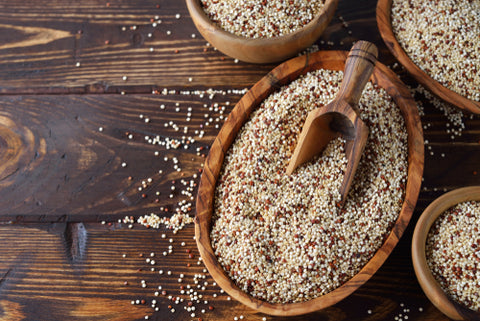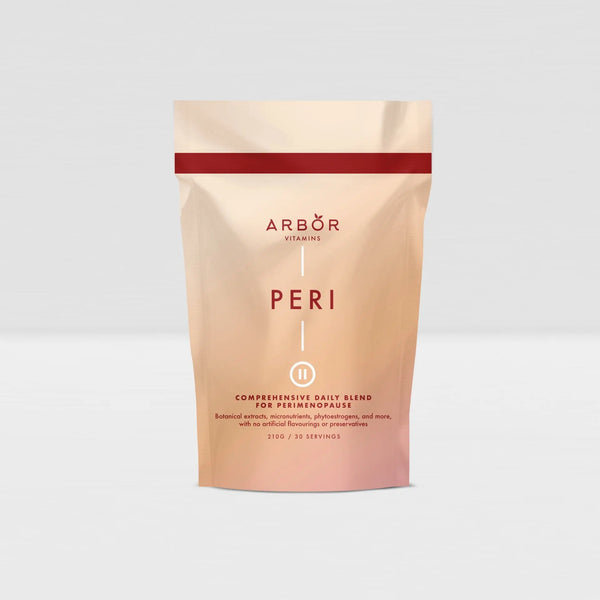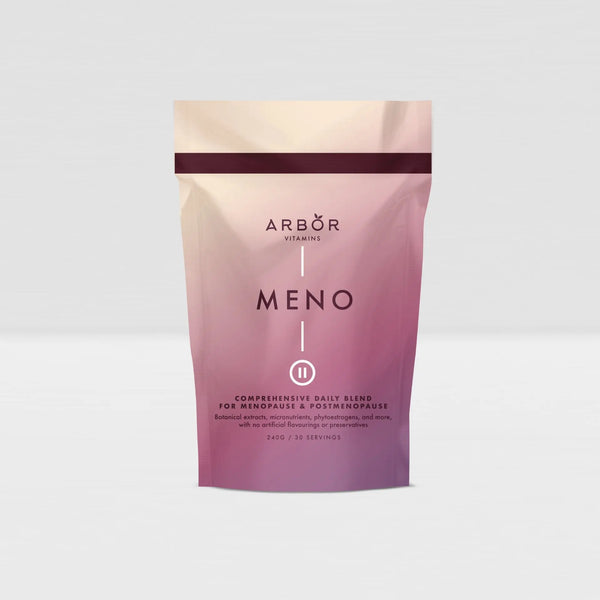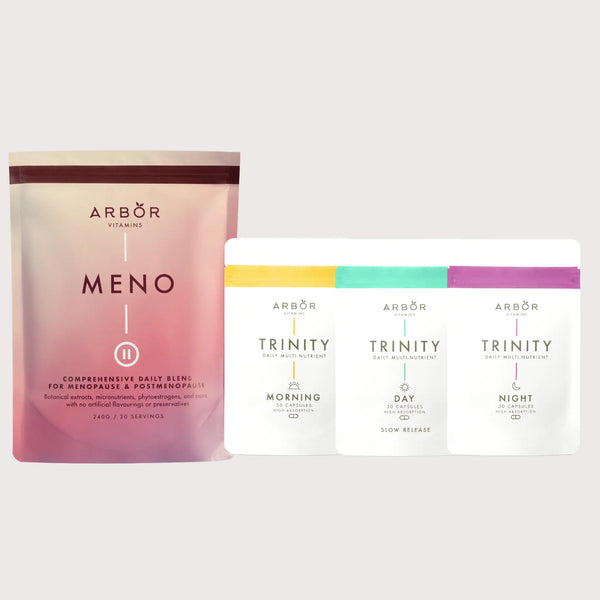Top 10 Foods Rich in Iron
Top 10 Foods Rich in Iron: Iron, an essential mineral, comes in two main forms in foods: heme iron and non-heme iron. It plays an essential role in producing red blood cells and DNA, and it supports your immune system.
Heme Iron Heme iron is found in animal products, especially in red meat, fish, and poultry. It's called "heme" iron because it's part of the hemoglobin and myoglobin in animal tissues. Hemoglobin is the protein in red blood cells that carries oxygen from the lungs to the rest of the body, while myoglobin stores oxygen in muscle cells. Heme iron is more readily absorbed by our bodies, with absorption rates generally around 15-35%.
Non-Heme Iron Non-heme iron is found in plant-based foods such as lentils, beans, whole grains, and vegetables. It's also present in animal products but in much smaller amounts compared to heme iron. Non-heme iron isn't as well absorbed as heme iron, with absorption rates usually around 2-20%.
The absorption of non-heme iron is heavily influenced by the other foods consumed at the same meal. Certain nutrients, like vitamin C and other acids, can greatly enhance the absorption of non-heme iron. Conversely, certain compounds like phytates (found in grains and beans), polyphenols (found in some vegetables and in tea and coffee), and calcium can inhibit the absorption of non-heme iron.
To maintain an iron-healthy diet, it's essential to consume a variety of foods rich in both heme and non-heme iron. In this article, we'll break down the top 10 food sources for each type of iron. We're standardising the iron content to 100g servings of food, for comparison's sake. The daily recommended intake for iron is approximately 18mg for women and 8mg for men (1).
Top 10 Foods High in Heme Iron

-
Liver (Lamb) - 10.2mg/100g Lamb liver contributes 57% and 127% of the daily iron requirements for women and men, respectively.

-
Oysters - 9.2mg/100g Oysters provide 51% and 115% of the daily recommended intake for women and men, respectively.

-
Clams - 8.9mg/100g Clams contribute 49% and 111% of the daily iron requirements for women and men, respectively.

-
Caviar - 6.5mg/100g A luxury food item, caviar provides 36% and 81% of the daily recommended intake for women and men, respectively.

-
Beef (lean ground) - 2.4mg/100g Lean ground beef contributes 13% and 30% of the daily iron requirements for women and men, respectively.

-
Chicken Liver - 9.0mg/100g Chicken liver provides 50% and 112.5% of the daily iron requirements for women and men, respectively.

-
Canned Sardines - 2.9mg/100g Canned sardines contribute 16% and 36% of the daily iron requirements for women and men, respectively.

-
Turkey (dark meat) - 2.3mg/100g Turkey (dark meat) provides 12.7% and 28.75% of the daily iron requirements for women and men, respectively.

-
Beef Liver - 5.8mg/100g Beef liver contributes 32% and 72.5% of the daily iron requirements for women and men, respectively.

-
Lamb (roast) - 2.1mg/100g Roast lamb provides 11.7% and 26.25% of the daily iron requirements for women and men, respectively.
Top 10 Foods High in Non-Heme Iron

-
Fortified Breakfast Cereals - 8.0mg/100g Fortified cereals contribute 44% and 100% of the daily recommended iron intake for women and men respectively.

-
White Beans - 3.7mg/100g White beans provide 20.5% and 46% of the daily iron requirements for women and men, respectively.

-
Dark Chocolate (70-85% cacao) - 6.7mg/100g Dark chocolate meets 37% and 83.75% of the daily iron requirements for women and men, respectively.

-
Lentils - 3.3mg/100g Lentils provide 18% and 41% of the daily iron requirements for women and men, respectively.

-
Spinach (cooked) - 3.6mg/100g Cooked spinach provides 20% and 45% of the daily iron needs for women and men, respectively.

-
Tofu - 2.7mg/100g Tofu provides 15% and 33.75% of the daily iron requirements for women and men, respectively.

-
Pumpkin Seeds - 3.3mg/100g Pumpkin seeds provide 18% and 41% of the daily iron requirements for women and men, respectively.

-
Quinoa - 1.5mg/100g Quinoa provides 8.3% and 18.75% of the daily iron requirements for women and men, respectively.

-
Chickpeas - 2.9mg/100g Chickpeas contribute 16% and 36% of the daily iron requirements for women and men, respectively.

-
Cashews - 2.2mg/100g Cashews provide 12.2% and 27.5% of the daily iron requirements for women and men, respectively.
In conclusion, a balanced diet that includes both heme and non-heme iron sources can help you meet your daily iron needs. Keep in mind, absorption of iron can be influenced by other dietary factors, so it's beneficial to consume iron-rich foods alongside foods high in vitamin C.
It's important not to overdo it with iron, however. Too much iron can be harmful. Aim to meet, but not vastly exceed, the recommended daily iron intake for your age and gender.
Remember, everyone's dietary needs are unique. Always consult a healthcare provider or a registered dietitian for personalised dietary advice.
(1) Figures are based on the US Dietary Guidelines for Americans, 2020-2025. Individual needs may vary based on age, sex, and health condition.
Sources: USDA National Nutrient Database US Dietary Guidelines for Americans, 2020-2025












